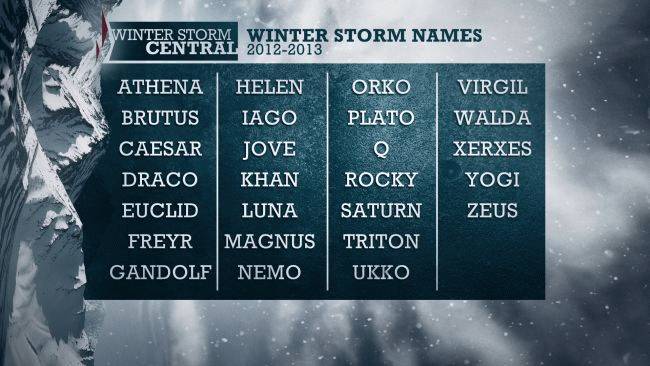Ever since the 2010 earthquake in Haiti, social media has solidified its reputation as a viable place to receive real-time news and stay in touch with friends and loved ones during times of natural disasters. Social media sites like Facebook, Twitter and Instagram have proven to be the easiest, fastest and most reliable way to communicate during natural disasters and storms. Personal accounts have used social media to share photos and experiences, while government officials and relief organizations have used it as a platform to relay emergency numbers and help those in need. The 2011 tsunami and earthquake in Japan fully utilized social media to communicate around the world and most recently, information about Hurricane Sandy and winter storm Athena was shared on social media sites to record-breaking highs.
2011
In 2011, information about the earthquake and tsunami that rocked Japan took over social media, as it was used to report and communicate about the natural disaster. After the 8.9 magnitude earthquake left people with no phone service, Twitter especially became a way for people to receive real-time news about the storm and let loved ones know they were safe. Before the earthquake even stopped shaking Japan, people had pulled out their phones to take videos, photos, and tweet about their current state, sending the news like wildfire–much faster than a television news crew ever could.
2012
In October, those affected by Hurricane Sandy took full advantage of social media to spread instant news around the country. In times of natural disasters, the Twitter and Instagram hashtags that serve as an organization tool become particularly necessary, filing together all tweets and photos that are being shared at that present moment. While Twitter is most often used as a place for individuals to tweet about daily annoyances, share funny photos and keep in touch with friends, it very quickly became an important place for people to document what they were experiencing and to share with followers how they were braving through the storm. Official accounts like those of New York City’s Mayor Bloomberg as well as other government organizations became an important real-time feed for news and announcements, especially after millions of people lost power. For many in New York and New Jersey, cell phone social media applications became the only source for news and communication.
Social media’s influence on storm reporting has become so great that The Weather Channel has created names for noteworthy winter storms in order to make communication easier and more efficient as well as to raise awareness. After seeing Hurricane Sandy’s record number of tweets, it made sense to name the season’s first winter storm “Athena” to help Twitterers stay within the 140-character limit when discussing the storm.
A full list of The Weather Channel’s winter storm names.
Hitting only a few days after the Northeast was greatly damaged by Hurricane Sandy, winter storm Athena slammed some parts of New York and New Jersey with a foot of snow. As power was still out in many of these places, social media served as a place for those to become informed on the status of the storm by searching #Athena on Twitter, for example. Although the National Weather Service did not recognize The Weather Channel’s name giving, it most certainly raised awareness of the storm and made it much simpler for people to receive news.
What’s Next?
Based on the record number of Instagram photos uploaded during Hurricane Sandy, it looks like the future of crowdsourced storm coverage may stem from the growing app. Launched in October 2010, Instagram gained wide popularity after it was purchased by Facebook and extended beyond iOS to Android in April 2012. With approximately 100 million users to date, Instagrammers were glued to their phones the day Sandy hit, as there were reportedly 10 photos of Sandy uploaded per second. Hurricane Sandy has become the most Instagrammed event in the application’s history with more than 800,000 photos (and counting) uploaded. In reaction to the application’s use to document the storm, co-founder Kevin Systrom said: “I think this demonstrates how Instagram is quickly becoming a useful tool to see the world as it happens especially for important world events like this.”
A Twitter photo of 14th Street and Avenue C in New York City.
An Instagram photo of flooding in the East Village of New York.
Click here to read more about Instagram’s use during Hurricane Sandy.
To learn more about The Weather Channel’s winter storm names, click here.




